After watching “The Featherweight”, presented in the Orizzonti selection at the Venice Film Festival, you most likely won’t help keeping to hear the echoes of punches thrown by legendary fighters for a while on. And that’s how it should be, that’s the effect that the portrait of an iconic figure in the boxing world should have, when authentic.
We had a chat with Robert Kolodny, the brilliant director behind this biographical film on the remarkable life of boxer Willie Pep, and talked about his cinematic vision, which in this case has brought one of the sport’s most enigmatic figures to life. But above of all, we uncovered the mind behind the lens, the heart behind the project, and the dedication it takes to resurrect a forgotten legend, transcending the boundaries of sports and transforming it, through cinema, into a universal tale of triumph against human battles.
What inspired you to choose Willie Pep’s story as the subject of a film?
The story of Willie Pep is so human and so specifically American, and I connected with him as a character immediately because he reminded me of people that I grew up around. I’m from a town in New Jersey that’s all Italian-Americans and Jewish-Americans who’ve moved from New York City, and much like Hartford, Connecticut, it has this feeling of immigrant culture that’s not so grandiose anymore. Willie Pep is a person who existed in the spotlight for so many years, and is now feeling the weight of that spotlight. It just felt so deeply human.
What kind of research did you and your team make to ensure that the portrayal of Willie Pep’s life was historically accurate?
We went to great lengths to make everything feel as real and lived in as possible. We had the incredible fortune to be able to shoot in the town that Willie lived in, and we even spent time tracking down the home that he lived in, and so all the exterior shots were the actual home of Willie Pep.
There were plenty of people in the town who knew him from work, from gambling, from the coffee shop, and family members, so we would go to Italian social clubs and talk to all the men who were there, asking what kind of horses Willie bet on, or who he owed money to. We would talk to his family, his ex-wife, we’d access to all these people and were able to make research on this character and recreate him with realism. Even Willie’s son, Billie, played by Keir Gilchrist in the film, was so grounded, he would come and advise us on set, he’d give us all his journals from when he was young, and Keir got to read those and they got to spend time together. So, each of the characters were able to live in that space.
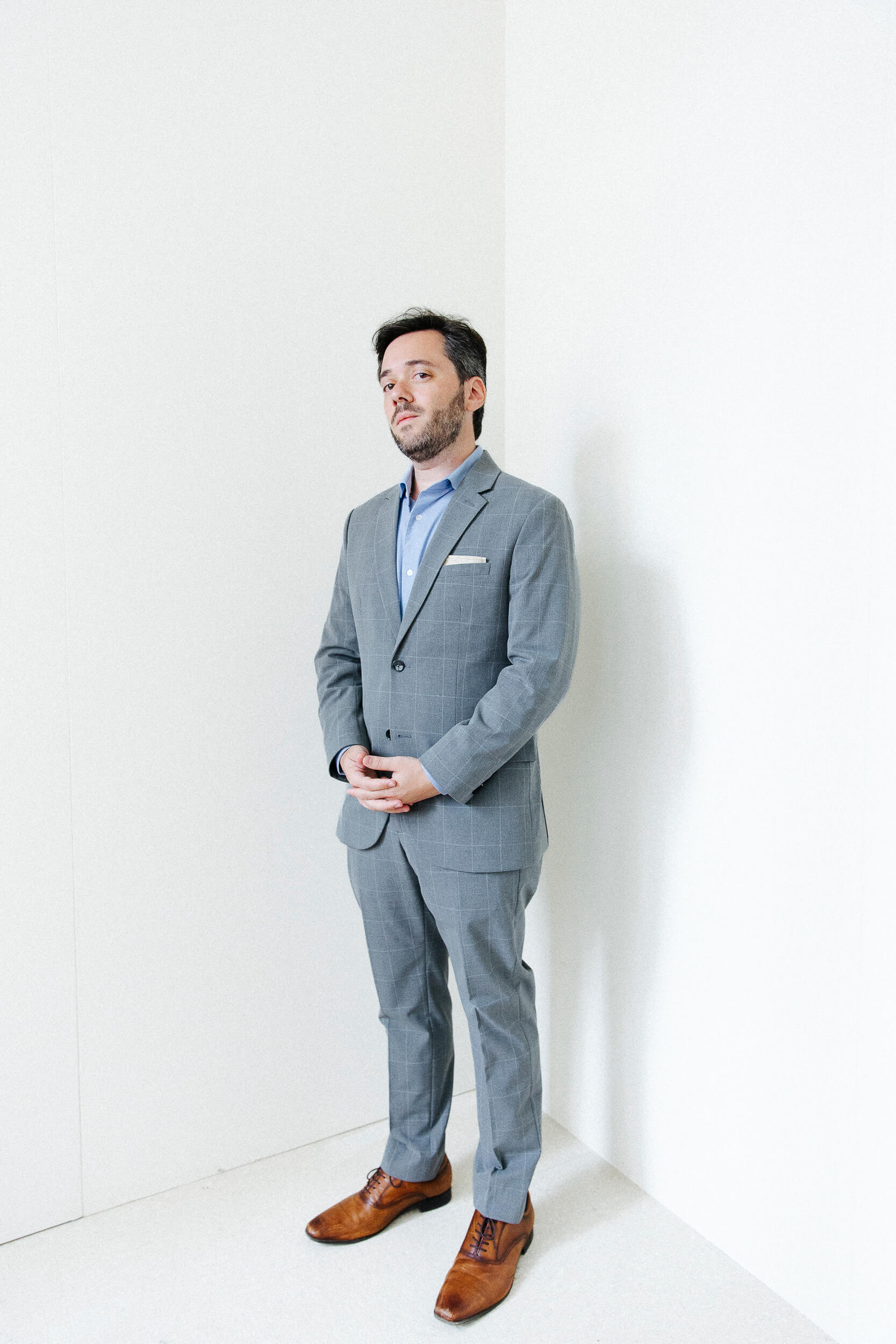
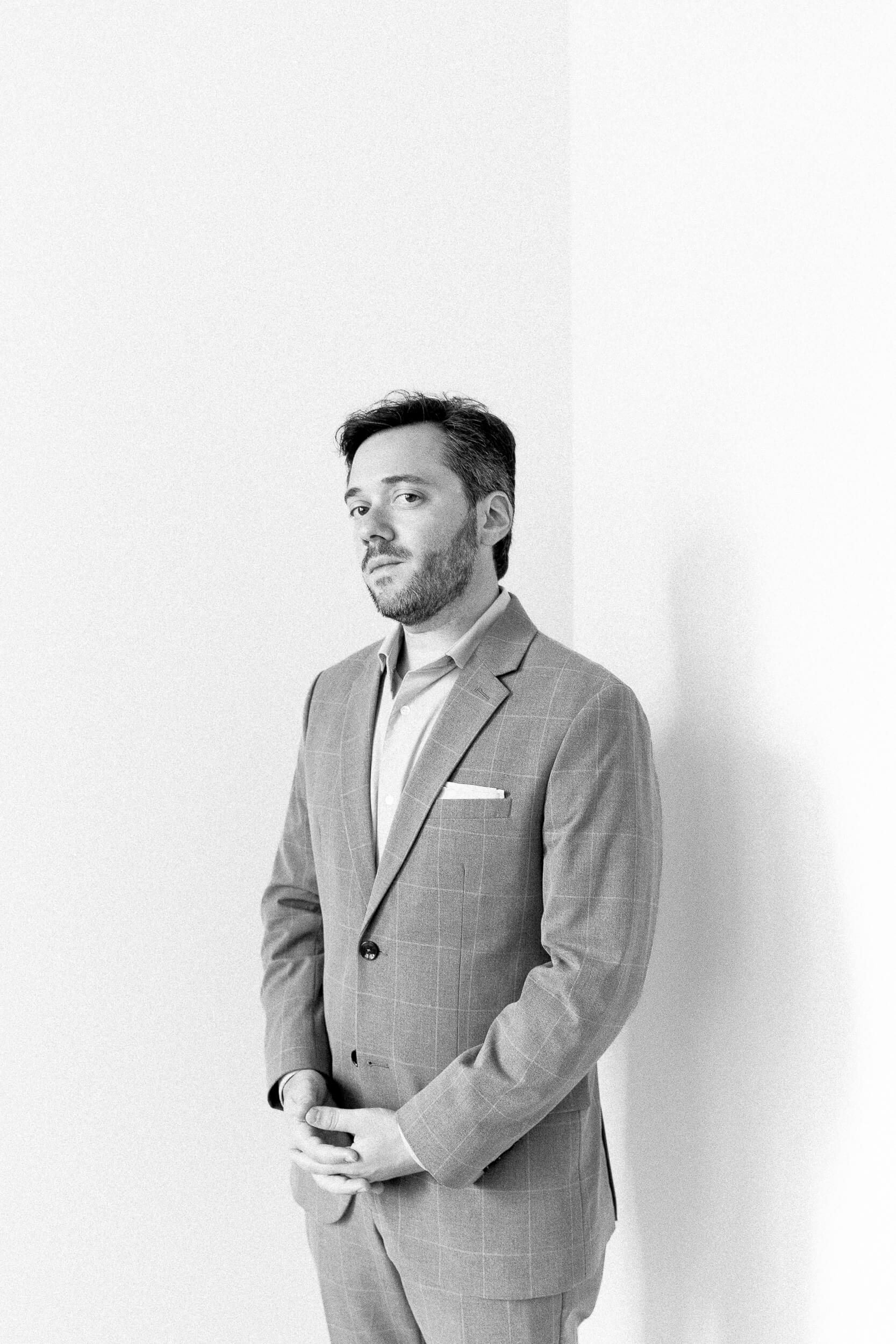
Boxing is a unique sport with its own culture and challenges. How did you prepare to capture the essence of professional boxing in your movie?
One of the reasons why I came to the project is that in the three years prior to making this film, I’d been working on a non-fiction boxing documentary in Bulgaria, so I had spent years around boxers, in gyms. Even outside of the sport itself, the feeling that all these people have of working class makes it a really blue-collar sport. Out of it, it’s really like you’re a working person and your job happens to be having to not be punched in the face and to punch someone else in the face, which is so brutalist and a sport of necessity. See, internationally, most of the people who’ve become boxers are from the lower ranks of society and they utilize the opportunity to advance socially and financially. In the history of American boxing, you can tell what the dominant immigrant culture of the time is by who the boxing champions are, so if Willie Pep was the champion of the 1940s it was because Italian-Americans were new to America, and they had this fighting and victorial spirit. Beyond that, we tried to address as many real boxers as possible, to help train James [Madio]: “Iceman” John Scully was his trainer, we cast Bruce “Shu Shu” Carrington, who’s a contemporary featherweight fighter, to be James’s partner in the film, and Ernie Reyes Jr, who was our brilliant fight choreographer, helped as keep everything accurate so that it doesn’t feel like an actor pretending to box, but it feels like a boxer existing in the world, in the gym, and the camera simply documenting that reality.
Were there any particular challenges in adapting a real-life story for the screen, especially one involving such an iconic sports figure like him?
The main challenge in working on a project that is based on the real life of someone is wanting to do justice to them, to not sensationalize them, but also not to paint too poor of a portrait, to be honest and respectful. It was a privilege to be able to tell Willie’s story and the story of his family. Unfortunately, we didn’t get to meet Linda, Willie’s wife, but we spent so much time trying to find little bits and scraps of who this woman was, to sort of become a ghost, sneak into the ether of time. We were able to find footage of her in this TV show she acted in, some newspaper clippings of her, these little pieces that we put together and tried to form a portrait and present it as honestly and thoughtfully as possible.
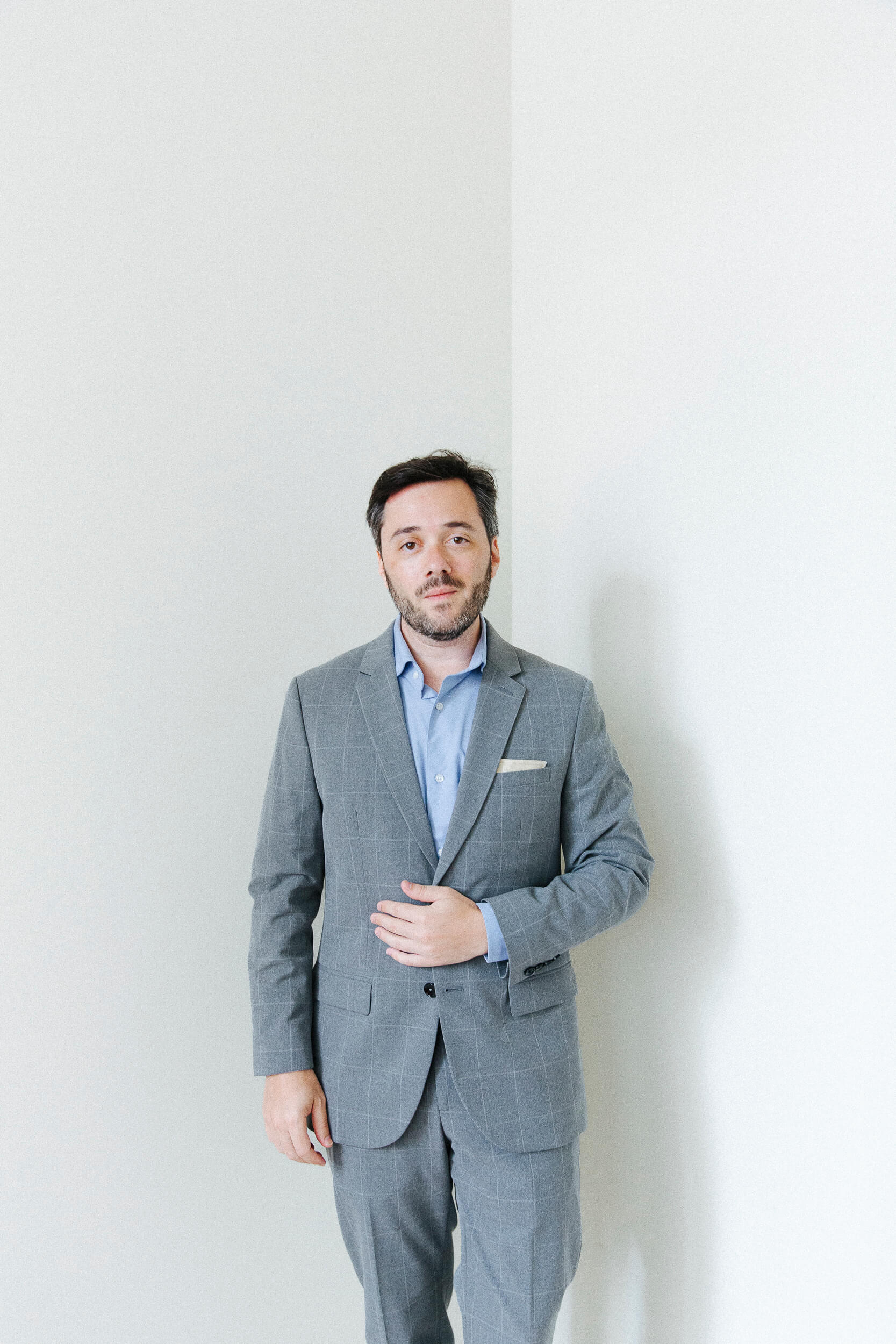
“Even outside of the sport itself, the feeling that all these people have of working class makes it a really blue-collar sport”.
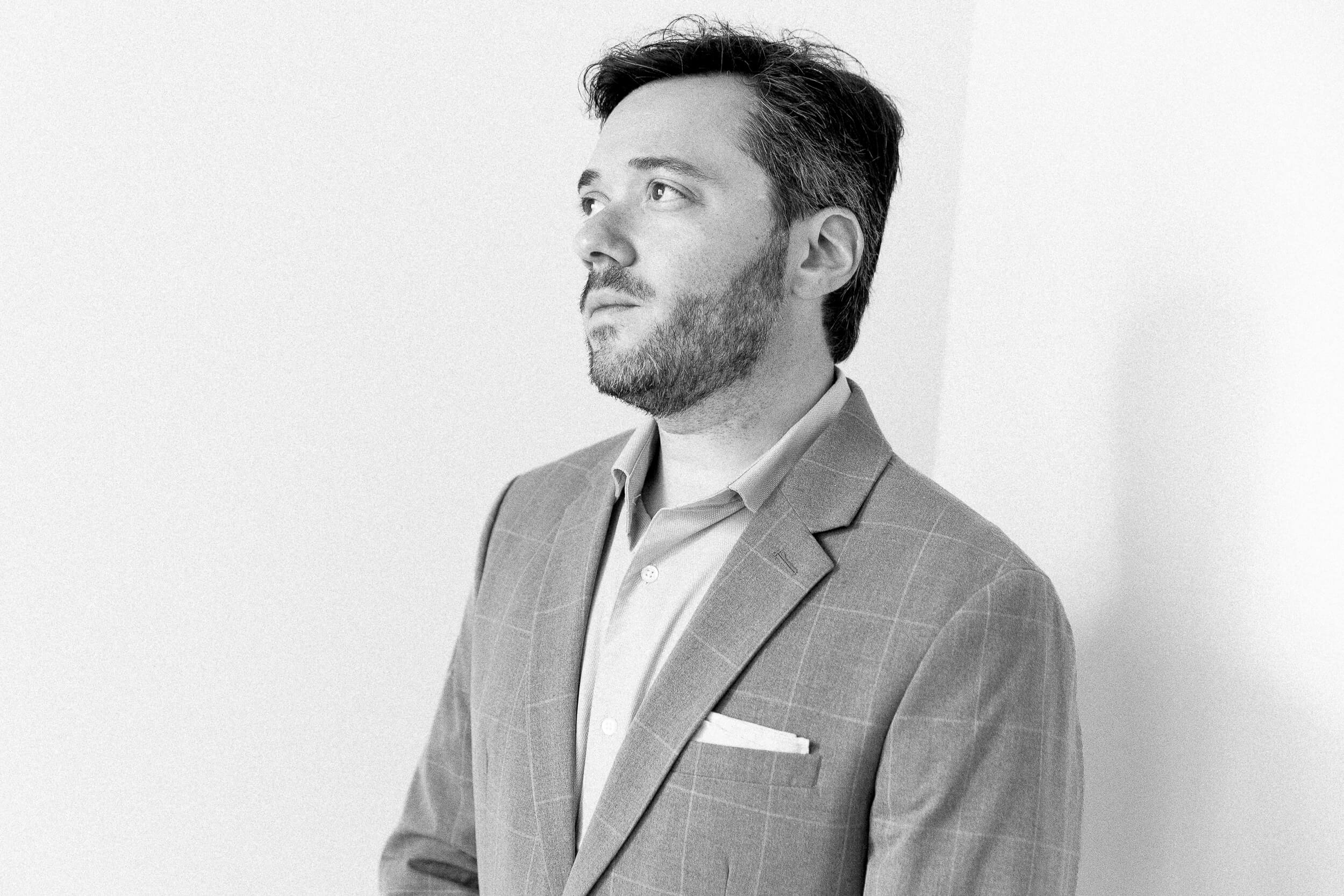
Were there any memorable or challenging moments during the filming process that you’d like to share?
Yeah, so many. One of the producers of the film, Bennett Elliott, has been my producer for 15 years, we met in film school, so to be able to make a film on the scale with her that has gone to a Festival like Venice Film Festival is a dream come true. The cinematographer of the film is my younger brother, and we have movies of us, filming each other in our parents’ backyard when we were 5 or 6 years old, so to say… So, the totality of the film felt in many ways in process, autobiographical, just an elevation of the work that myself and my friends have done for our whole life, so it was so natural, and it was very hard work, but in some ways, it felt effortless because we were just being ourselves and being honest with ourselves, so every day on set was memorable for that reason, for me.
What message or themes do you hope audiences, and perhaps especially boxing fans, will take away from the movie?
The root of the film is that our relationship with pride, ego, and sense of self, is a difficult thing to resolve, and to be a person in the world is hard, and at some point, maybe, we have the roses of success, but those roses inevitably lead to thorns; so, how do we, as people, resolve, keep going, and not become embittered? Although it is a film with boxing, it’s not a boxing film, it’s a human portrait.
Our camera presents each of these characters and they make their own decisions just like we do in life, so what I hope that people feel about it is that it’s real, that there’s a sense of not “imagined”, but “observed”.
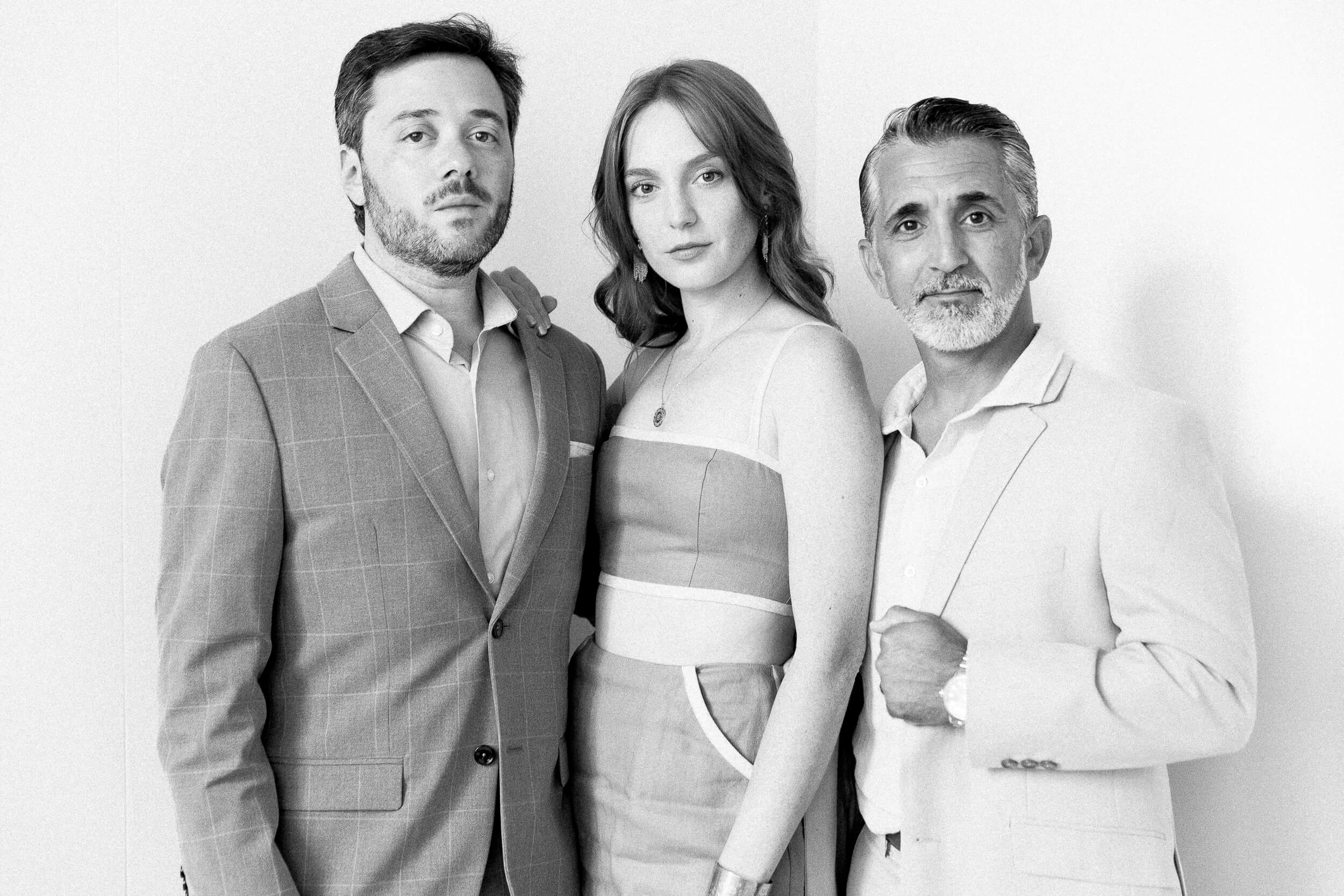
Photos by Luca Ortolani.

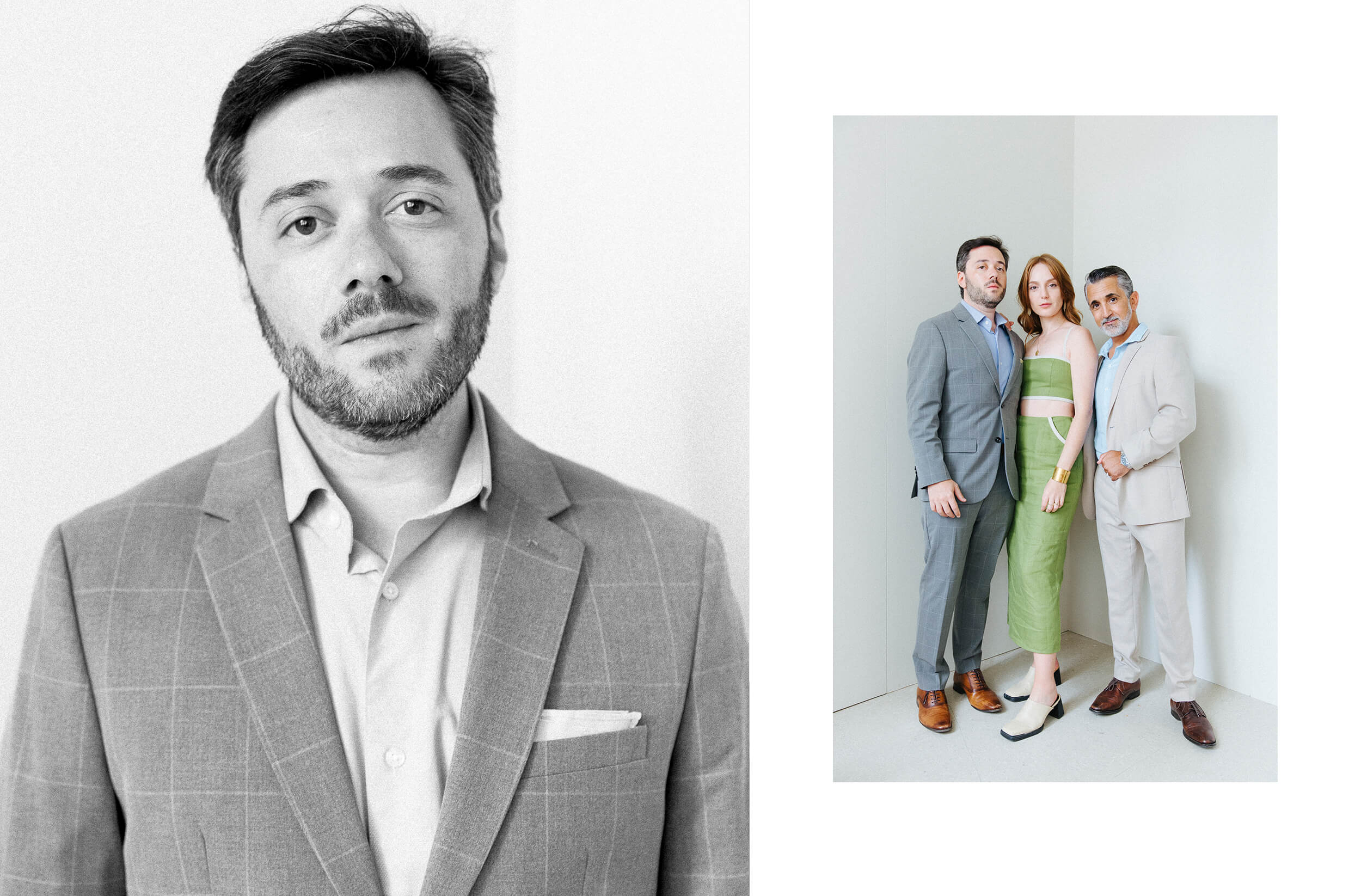

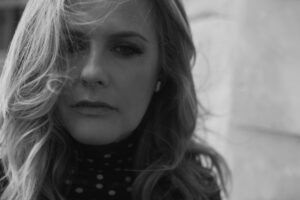
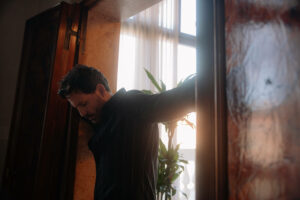
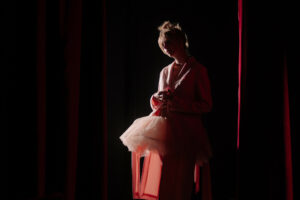
Thank you for doing this interview. We have watched this film develop over the past 3 years, and for those like Steve Loff the journey is closer to 9 years. Like any art worth considering the passion and dedication of this group on a very limited budget has been inspiring. We’re also very happy that the Venice Film Festival leads the way in bringing such projects the attention they so richly deserve. Bravo!